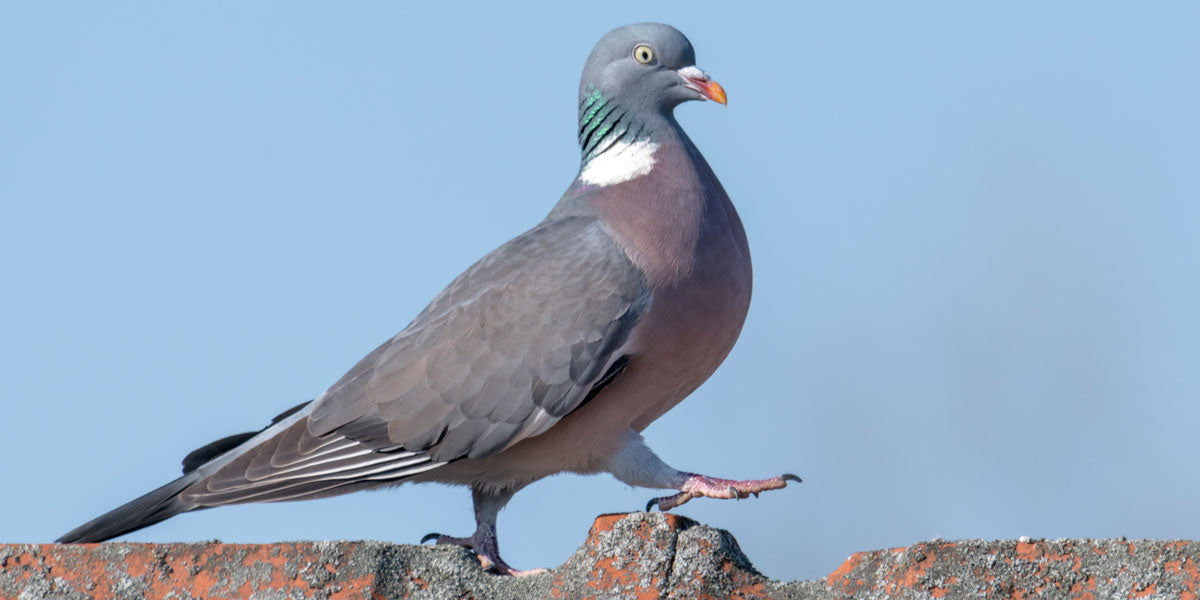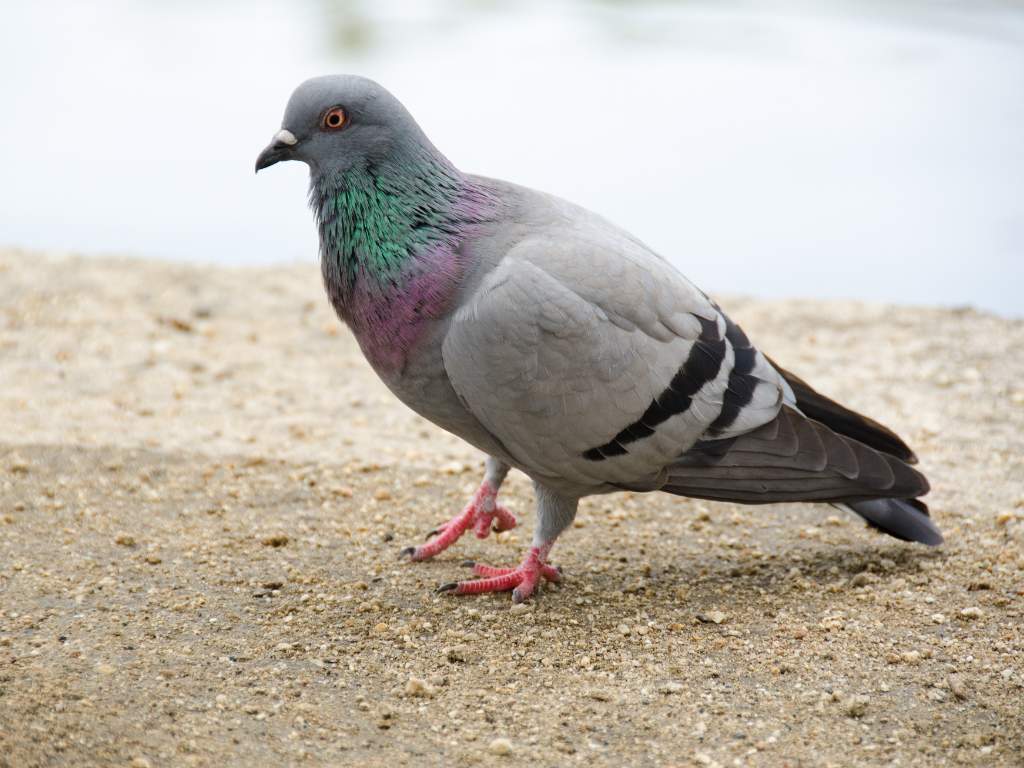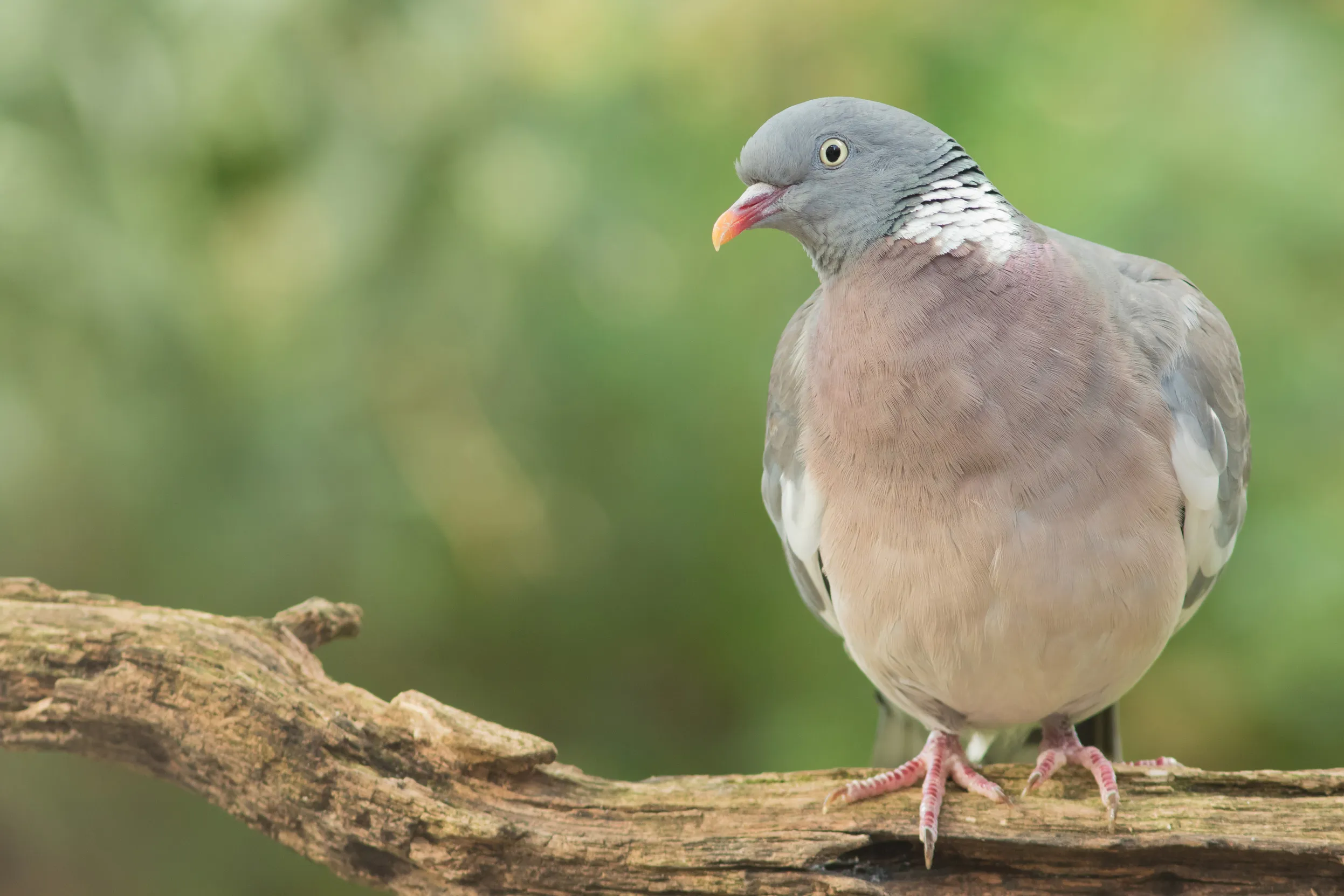
Having problems with Pigeons?
Pigeons may seem harmless, but when they settle in large numbers, they can quickly become a serious problem for homes and businesses. Their droppings are highly corrosive, capable of damaging roofs, vehicles, and stonework, while also harbouring bacteria and parasites that threaten public health. Effective pigeon control helps prevent costly property damage, reduces health risks, and maintains a cleaner, safer environment for everyone.
Professional Pigeon Control Services in the UK
Pigeons are one of the most common and problematic birds across urban and rural environments in the UK. Although they are often viewed as harmless, large pigeon populations can cause serious hygiene, structural, and health issues. At Shire Pest Solutions, we provide professional bird-proofing and pigeon control solutions to protect both residential and commercial properties.
Understanding Pigeon Behaviour
Pigeons thrive in areas where food and shelter are readily available, such as rooftops, balconies, and warehouse beams. Once established, they can become a long-term nuisance, nesting in hard-to-reach areas and leaving behind droppings that damage surfaces and pose health risks. Their droppings are highly acidic and can corrode building materials like metal, stone, and brick over time.
Health and Structural Risks of Bird Infestations
Beyond aesthetics, pigeons can create serious maintenance and safety challenges:
- Acidic damage: Pigeon droppings can corrode surfaces and weaken structures, leading to costly repairs.
- Blocked gutters and flues: Nests and debris obstruct water flow and ventilation, causing leaks, damp, and even carbon monoxide risks.
- Health hazards: Airborne particles from dry droppings can cause respiratory problems such as psittacosis and histoplasmosis.
- Reputation damage: In commercial environments, visible fouling deters customers and creates an impression of poor hygiene.
Effective Bird Control Solutions
Shire Pest Solutions offers a range of humane and effective pigeon deterrent and proofing methods tailored to your property:
- Bird netting: Physically blocks birds from nesting in specific areas such as roofs, canopies, and balconies.
- Spring wire systems: Flexible tensioned wires create unstable landing surfaces that deter pigeons from roosting.
- Bird spikes: Installed on ledges and beams to prevent perching without harming the birds.
- Mesh barriers: Ideal for vents, chimneys, and openings where birds attempt to nest.
- Avishock systems: Low-voltage strips deliver a harmless pulse, training pigeons to avoid treated areas.
- Optical gels and scarers: Use visual and sensory cues to create negative associations with the site.
Remedy and Control Methods
Pigeon control is a specialised skill that requires professional equipment and expertise. At Shire Pest Solutions, we prioritise humane proofing methods over population reduction, as blocking access to food and nesting areas is the most effective long-term solution. For severe infestations, control techniques such as shooting or trapping may be employed, always in full compliance with UK wildlife and pest control regulations.
Preventative Measures and Maintenance
- Remove outdoor food sources such as open bins and food waste
- Clean droppings and nesting materials regularly to prevent build-up
- Seal gaps, cavities, and entry points around roofs and ledges
- Inspect gutters, vents, and chimneys for blockages or nesting activity
- Implement ongoing proofing maintenance to ensure long-term success
Do Pigeons Carry Diseases?
Pigeons (Columba livia) are often referred to as “flying rats” due to their ability to spread harmful bacteria, fungi, and parasites through their droppings and nesting materials. While the risk of infection from casual exposure is low, prolonged or heavy infestations can pose significant health concerns. Common pigeon-related diseases include:
- Salmonellosis: Caused by Salmonella bacteria in pigeon faeces, leading to diarrhoea, stomach cramps, and fever.
- Psittacosis (Parrot Fever): Transmitted by inhaling dust from dried droppings, resulting in flu-like symptoms or pneumonia.
- Cryptococcosis: A fungal infection that can lead to lung infections and meningitis in vulnerable individuals.
- Histoplasmosis: Caused by inhaling spores from droppings, potentially resulting in respiratory illness.
Health Risks from Pigeon Droppings
- Airborne contamination: Dried droppings release fungal spores that can be inhaled and cause illness.
- Direct contact risks: Handling droppings without protection can transmit bacteria or fungi through the skin.
- Respiratory irritation: Individuals with asthma or respiratory conditions may experience worsened symptoms from exposure.
How to Minimise Health and Structural Risks
- Always wear gloves, masks, and protective clothing when cleaning fouling
- Disinfect affected areas thoroughly after removal
- Use professional services for heavy infestations and waste clearance
- Maintain regular inspections of roofs, ledges, and gutters
Why Professional Pigeon Control Is Essential
Attempting to remove or deter pigeons without the proper equipment can be dangerous and ineffective. Professionals use safe, humane, and legally compliant methods to eliminate existing infestations while preventing future problems. Shire Pest Solutions provides tailored proofing plans for each property, ensuring maximum effectiveness and minimal disruption.
Professional Pigeon Control with Shire Pest Solutions
If pigeons have become a problem on your property, contact Shire Pest Solutions for expert assistance. Our technicians will assess your site, identify high-activity areas, and install the most appropriate proofing systems for long-term protection. With our professional services, you can safeguard your property, maintain hygiene, and eliminate the risk of structural or health-related issues caused by nuisance birds.



Pigeon Control FAQ
More About Shire Pest Solutions
Shire Pest Solutions is a trusted and local pest control company proudly serving homes and businesses across Oxfordshire and beyond. We have built our reputation on professionalism, reliability, and fast response times, specialising in the safe and effective removal of pests including ants, wasps, rodents, bed bugs, and more.
Our expert technicians hold full qualifications and use the latest tools and treatments to resolve pest problems quickly and safely—without unnecessary disruption. Whether you face a minor domestic issue or a large-scale commercial infestation, we design our services to meet your needs with minimal fuss and maximum effectiveness.
Based locally, we regularly assist customers in Didcot, Wallingford, Abingdon, Wantage, Witney, Newbury, Thame, Thatcham, and Stokenchurch. Our knowledge of the local area enables us to provide rapid call-outs and treatments that are suited to the unique pest challenges of each location.
At Shire Pest Solutions, we don’t just eliminate pests—we stop them from returning. We offer transparent pricing with no hidden fees, and we dedicate ourselves to customer satisfaction, making us the go-to pest control provider for homeowners, landlords, and commercial clients alike.
Contact us today to arrange a call-out or find out more about our pest control services across Oxfordshire and surrounding areas.
